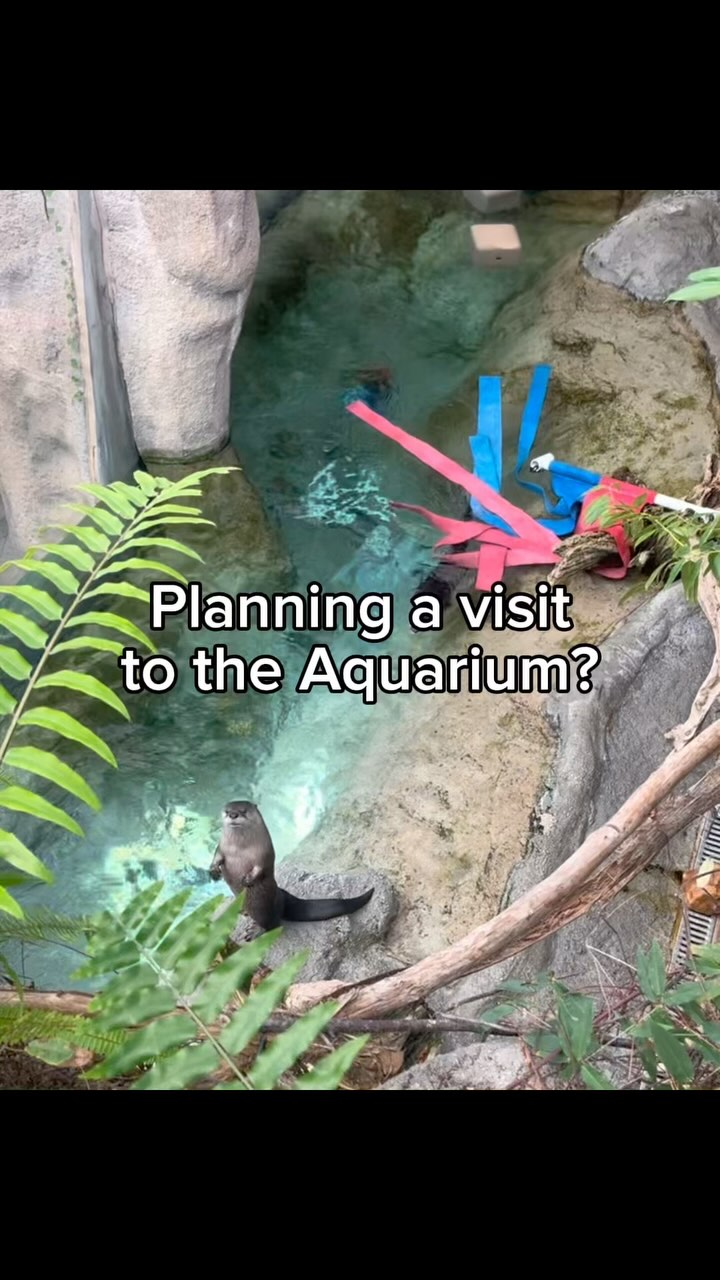- Identifying the Ideal Time for Visiting an Aquarium
- Strategies for Faster Entry into the Aquarium
- The Role of Zoo Management in Enhancing Visitor Experience
- Importance of Wildlife Conservation Within Aquariums
- Integrating Modern Zoology Practices in Aquarium Management
Finding the perfect time to visit an aquarium can enhance the overall experience, ensuring a peaceful and enjoyable exploration of marine life. Identifying an ideal time often depends on various factors, such as crowd levels, feeding times, and peak months. Typically, weekdays, especially Tuesday through Thursday, see fewer visitors than weekends, making these days optimal for a more relaxed visit without the hustle and bustle of large crowds. Most aquariums are busiest during the summer, holidays, and weekends due to school breaks and vacations. Observing school schedules and avoiding national holidays can help in choosing less crowded visiting periods. Keeping an eye on special events scheduled by the aquarium, which attract additional crowds, and planning visits on regular exhibition days instead can offer a smoother experience.
Tech savvy visitors are increasingly turning to online platforms to secure tickets in advance. Purchasing tickets online often allows for skipping ticket window lines, while some aquariums offer timed entry ticketing. This system helps distribute visitor numbers evenly throughout the day. Joining membership programs at aquariums can provide early or flexible entry options, further enhancing the speed and ease of access. Some aquariums have introduced express entry lanes for members or guests with pre-purchased tickets, significantly reducing wait times. Arriving early in the day can also be advantageous; not only does it provide a head start before the majority of visitors arrive, but it also allows for viewing morning feedings and animal behaviors without the crowd.
Aquariums play a concrete role in spreading awareness about marine conservation. Managed by zoo management experts, these establishments prioritize both visitor satisfaction and animal welfare. The design of the aquarium space is crucial, with well-thought-out layouts that minimize visitor discomfort during peak times. Education programs are strategically implemented to engage visitors without overwhelming the aquarium’s capacity limits. This management proficiency extends to emergency responses and maintaining a safe environment for both the animals and visitors, ensuring smooth operation under all circumstances.
Conservation and education are at the core of an aquarium’s function. By showcasing the rich biodiversity of marine ecosystems, aquariums provide a platform for environmental education and awareness. Many aquariums participate in breeding programs for endangered species, contributing to the preservation of diverse marine life. Interactive exhibits and information panels educate visitors about the challenges faced by aquatic environments, the significance of biodiversity, and the impact of human actions on these ecosystems. The work done by aquariums is vital in promoting responsible stewardship of marine life globally.
Incorporating modern practices into aquarium management ensures that the display of marine life is both educational and ethical. Lighting, signage, and pathways are arranged in ways that guide visitors intuitively through the exhibits, emphasizing natural behaviors and habitats of aquatic species. The integration of digital tools such as apps that guide tours and provide additional information enrich the experience while allowing for real-time visitor feedback, leading to continuous improvement. Technology also plays a role in behind-the-scenes activities, such as water quality monitoring and life support systems in tanks. By keeping pace with advances in zoology and aquarium management, these institutions continue to be a beacon for both education and conservation.
*****
Source Description
How do you find your ideal time and get into the Aquarium faster? 😄


